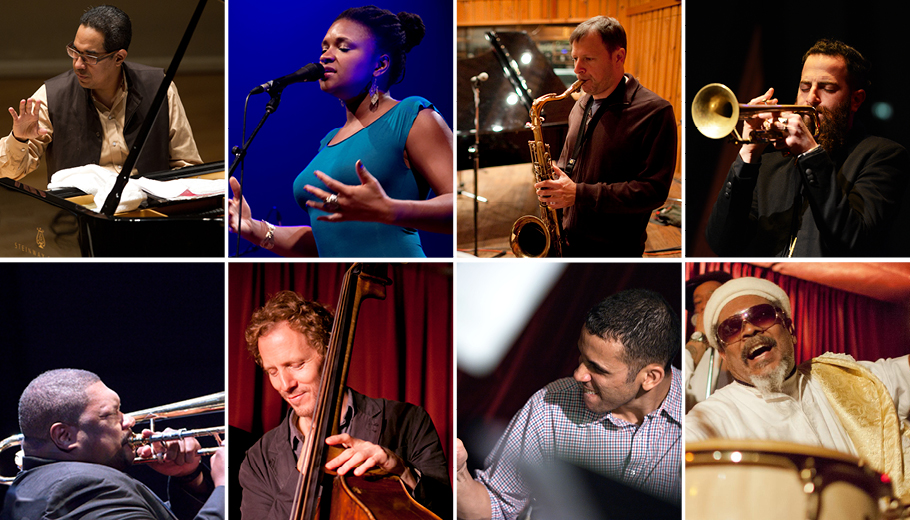First it was #PopeInPhilly. Now this: The Archdiocese of Philadelphia plans to put the oldest church for black Catholics on the auction block. St. Peter Claver Union was named after the “Apostle of the Slave Trade,” a 16th century Spanish Jesuit priest who fought against the slave trade.

St. Peter Claver was an anchor in the community. Future blues legend Ethel Waters recounts in her autobiography, His Eye is on the Sparrow, that at age six, she was gravely ill with typhoid fever and double pneumonia. Her grandmother sent for Fr. Healey who baptized and anointed her.
In 1942, St. Peter Claver’s Catholic Church, Fifty Golden Years, a self-published history, was released:
It was also toward the end of the 19th century that a sizable population of blacks developed their own Catholic congregation in Philadelphia. Prior to 1886, black Catholics had worshiped in the parishes of St. Joseph, St. Mary, and St. Augustine in the city. In 1886, Holy Trinity Church, a traditionally German Catholic Church at 6th and Spruce, began holding a mass for blacks. The pastor of Holy Trinity, Father Hilterman, encouraged his black congregants to form their own union, which adopted the name St. Peter Claver Union, after the native of Catalonia, Spain, whose efforts in behalf of emancipation earned him the title, “Apostle of the Slave Trade.”
In July 29, 1889, Rev. Patrick McDermott, arrived in Philadelphia to take charge of the burgeoning black Catholic congregation at the request of Mother Katherine Drexel, founder of the Sisters of the Blessed Sacrament, after she visited Holy Ghost College (now Duquesne University) in Pittsburgh, PA. McDermott’s congregation began assembling in a small chapel in the second story of a home at 832 Pine Street in 1889, but it soon became too crowded, and the group began to look for a large church home.
When in 1890, the Fourth Presbyterian Church of Philadelphia offered its building at 12th and Lombard for sale, the congregation began to pool its resources to purchase it. When Patrick Quinn, treasurer of the Beneficial Savings Fund Society, one of Philadelphia’s largest banks at the time, died the same year, his will stipulated that $5,000 of his fortune was to go to the “proposed Colored Catholic Church of Philadelphia.” With donations from other well-to-do Philadelphians and loan from a bank, the congregation managed to assemble the funds to purchase Fourth Presbyterian Church at 12th and Lombard, which was dedicated as St. Peter Claver’s Church, Philadelphia’s first black Catholic church, on January 3, 1892.
Fast forward to today. The Archdiocese is in Orphans’ Court petitioning for the removal of racial language in the deeds that would rewrite history.
Arlene Edmonds, community historian and author of the African American Catholic Youth Bible, told Sabrina Vourvoulias of Philadelphia Magazine:
I feel a special connection because I’ve always been interested in historical sites, particularly the Underground Railroad and the sites that were built from by those enslaved Africans who creatively masterminded their escapes. Setting foot in St. Peter Claver one can feel it is part of that lineage. As a Catholic, so many of the earliest African connections to the faith have been overpowered by Western traditions after the faith was embraced by Europeans. Most American Catholic churches are centered around a Eurocentric interpretation of the faith.
Then you have a St. Peter Claver Church that was donated to the Black community for the purpose of evangelizing to African Americans. They lived in Philadelphia during the antebellum era, were among those who escaped along the Underground Railroad, or who migrated here later from the south as well as the Caribbean and Latin America. This was their church before there was an Archdiocese of Philadelphia [emphasis added]. It housed their history in photographs and artifacts. To have that taken from us is very sad. That is why many feel as I do, that others are trying to erase our history even those who say they share our faith.
I don’t share Edmonds’ faith, but I share her concern that gentrification is erasing African American history. Rev. Mark Kelly Tyler, pastor of Mother Bethel AME Church, is host of “Urban Insight” on 900amWURD. In an interview with Edmonds, Rev. Tyler observed:
St. Peter Claver is sandwiched between Big Wesley and Mother Bethel. The neighborhood is awash with great history of founding events in the black community. It’s an American story. We must help the Archdiocese find a different way to deal with this property.
Given the givens, I put my faith in Orphans’ Court. So I filed an objection to the Archdiocese’s Petition for Cy Pres.


























